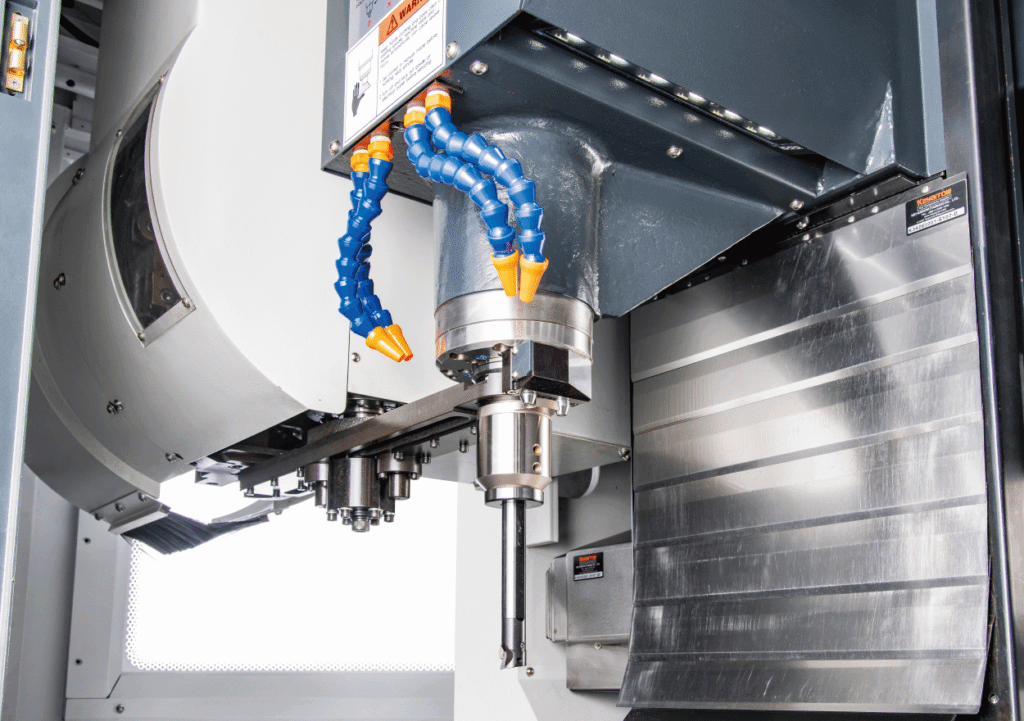What is a Machining Center: Definition, Types, Components and Applications
In the manufacturing industry, machining centers (MCs) are the cornerstone of modern industrial applications. But what exactly is a machining center? How does it contribute to the world of CNC machining?
This comprehensive guide will explore the nuances of machining centers, their functions, types, components, and more, providing you with an in-depth understanding of this important tool in the manufacturing process.
1.What is a machining center?
A machining center (MC) is an advanced computer-controlled machine tool that can be used to perform a variety of machining operations and processes.
Unlike traditional machine tools that have a turret or other manual tool change mechanism, MCs contain automatic tool change mechanisms (ATCs) that allow a variety of cutting tools to be used during the machining process.
This allows for quick replacement of cutting tools, thereby increasing productivity and reducing cycle times. The core of an MC lies in its versatility, accuracy, and ability to handle complex operations such as milling, turning, boring, drilling, and more.
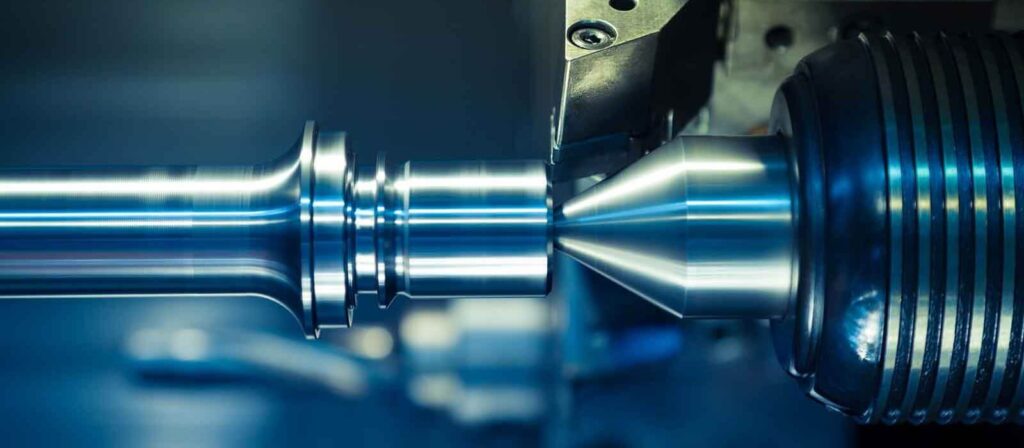
2.What are the main components of a machining center?
A machining center consists of a number of complex components, each of which plays a specific role in the overall machining process. We will dive into the technical description and functions of these key components.
1) Spindle Area
The spindle area is responsible for holding the cutting tool and providing the rotation required for the machining operation. The spindle area houses the motor drive and spindle head, which help improve the accuracy and efficiency of the machining process. The spindle area plays a key role in achieving the required surface finish and precision of the workpiece.
2) Taper feed mechanism
The taper feed mechanism is an important part of the machining center, which enables the precise positioning and movement of the cutting tool. It controls the depth and direction of the tool to ensure smooth and accurate cutting. This mechanism works in conjunction with the servo motor and is a key component in determining the quality of the finished product.
3) Automatic tool changer (ATC) system
The automatic tool changer (ATC) system is a breakthrough feature of the machining center. It provides fast and efficient tool changes, reducing manual intervention and cycle time.
The ATC system includes a tool magazine to store different cutting tools, allowing the machine to switch tools seamlessly. This improves productivity and provides versatility to machining operations.
4) Tool magazine
The tool magazine is an integral part of the ATC system. It stores a variety of cutting tools, such as end mills, drills, etc., providing a central repository for tools required during the machining process.
The tool magazine ensures that the correct tool is selected and placed in the spindle, allowing for quick changes and continuous operation.
5) Automatic Pallet Changer System (APC)
Designed to increase production and minimize downtime, the automatic pallet changer (APC) system automates the loading and unloading of workpieces.
The APC system consists of multiple pallets that can be pre-loaded with raw materials, allowing for uninterrupted processing. This automation significantly improves productivity and reduces manual operations and errors.
6) Chip and Coolant Handling System
The machining process generates chips that need to be cooled to maintain tool life and part quality. The chip and coolant handling system manages these aspects, collecting chips through a chip conveyor and providing the necessary coolant to the cutting area.
The system ensures a clean and efficient working environment, helping to extend the life of the machine and improve its performance.
7) Overload and Wear Detectors
The machining center is equipped with overload protection devices and wear detectors to monitor tool wear and machine performance. These sensors detect abnormal conditions, such as tool breakage or overload, and sound an alarm to prevent potential damage.
These features add a layer of safety and reliability that ensure consistent quality and minimize unplanned downtime.
8) Automatic Door Operator
Modern machining centers are often equipped with automatic door operators for easy access to the work area. This feature adds convenience and safety, allowing operators to easily load and unload workpieces without having to manually open and close heavy doors.
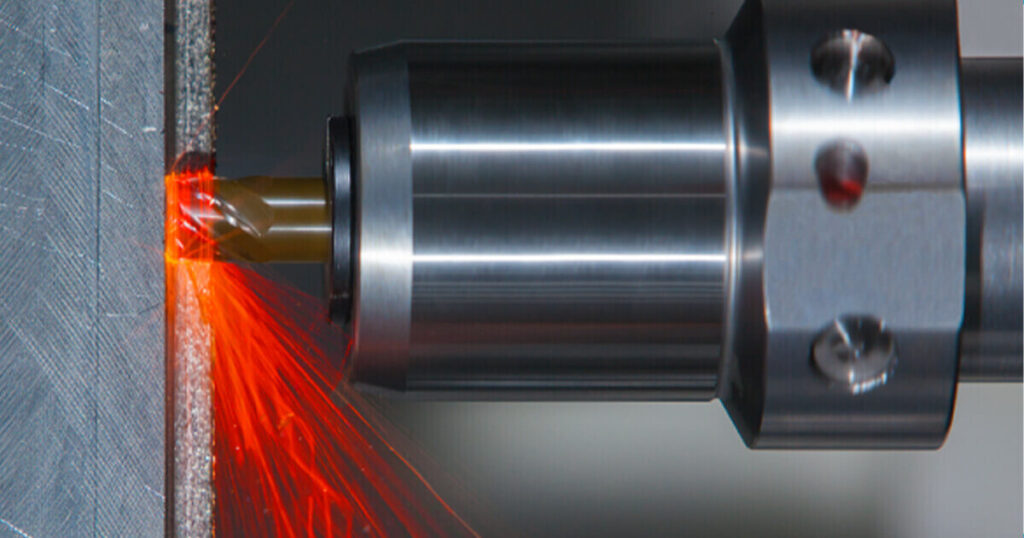
3.What are the spindles of a machining center?
Machining centers control the movement of cutting tools and workpieces through various axes. The coordination of these axes ensures precise cutting and complex designs.
Here is a breakdown of spindles and their uses:
- X-axis: Controls the left and right movement of the tool or table.
- Y-axis: Controls the forward and backward movement of the tool or table.
- Z-axis: Manages the up and down movement of the tool or table.
- A-axis: Controls rotation around the X-axis.
- B-axis: Handles rotation around the Y-axis.
- C-axis: Responsible for rotation around the Z-axis.
Together, these axes provide complete control over the position, orientation, and movement of the cutting tool, enabling complex and precise machining processes.
4.What are the different types of machining centers?
The versatility of machining centers lies in the variety of types available, each tailored to specific needs and applications.
Below, we explore the main types:
1) Horizontal Machining Center (HMC)
Horizontal machining centers (HMCs) are defined by the horizontal placement of the spindle. These machines are suitable for handling heavy workpieces due to their strong rigidity and sturdy construction.
HMCs typically include an automatic pallet changer (APC) system with six to eight pallets, from which different parts can be processed continuously without human intervention.
Designed for large-scale production, HMCs are known for their high material removal rates (MRR). Their horizontal setup allows for efficient machining of up to 4 surfaces without the need to reposition the workpiece.
Metal chips fall off the workpiece, preventing accumulation and enhancing suitability for operations such as drilling.
Some HMC models even come with a spindle that can be rotated to a vertical position, falling into the category of general-purpose machining centers.
3) Vertical Machining Center (VMC)
Vertical Machining Centers (VMCs) are characterized by the vertical arrangement of the spindle, which allows for accessibility and adaptability.
These centers often include ATC and APC systems, but are designed to be more compact for smaller spaces or individual users.
The vertical arrangement of the spindle means that metal chips can accumulate on the surface of the workpiece and need to be removed.
With options ranging from 3-axis to 4-axis models, VMCs can access the workpiece from all angles without manual adjustments.
3) Universal Machining Centers (UMCs)
Universal Machining Centers (UMCs) stand out for their ability to position the spindle both horizontally and vertically.
UMCs often include 5-axis or higher systems, which can access the workpiece from multiple sides with a single setup, enabling complex machining processes.
For example, a 5-axis UMC moves the cutting tool along the X, Y, and Z linear axes while rotating along the A and B axes. This allows for exceptional precision when manufacturing components such as aerospace parts or complex molds.
Using shorter cutting tools with a wide speed range, UMCs minimize vibration, increase productivity, and reduce cycle times.
Blending the capabilities of both HMCs and VMCs, UMCs are a flexible solution for many industries.
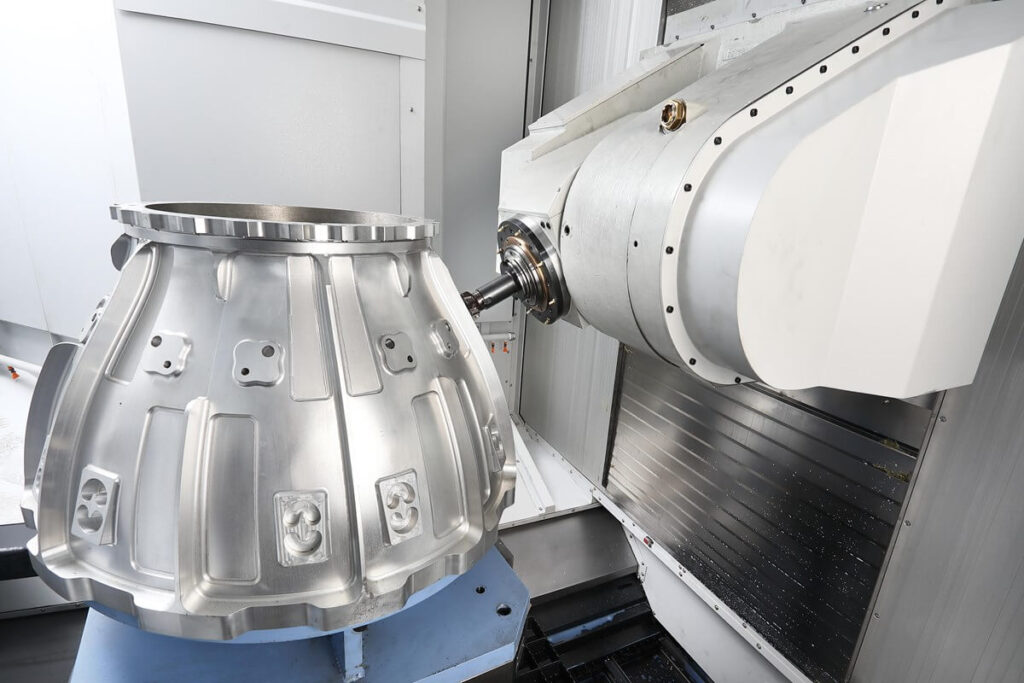
5.What operations do machining center typically perform?
Machining centers are designed to perform a range of operations, so their applications are quite wide.
Here is a list of typical operations:
- Milling: Milling involves using a rotating tool to remove material to shape a workpiece. It can be used to produce a variety of complex shapes and features, such as slots, grooves, and even complex surface contours, making it one of the most versatile machining operations.
- Drilling: Drilling is the process of boring a hole into a workpiece. Drilling uses a rotating cutting tool, usually a drill, that moves along the axis of the hole. Drills come in a variety of sizes and types, allowing for holes of various diameters and depths.
- Boring: Boring is used to enlarge an existing hole with great precision. Unlike drilling, boring allows the diameter to be fine-tuned to an exact tolerance. Boring can also be used to correct any misalignment in the hole, ensuring it is perfectly cylindrical.
- Tapping: Tapping involves cutting threads within a hole to provide a path for a screw or other threaded object. The process uses a specialized tool called a tap, which creates threads in a pattern that corresponds to the desired thread pattern. It is essential for applications that require components to be firmly fixed.
- Grinding: Grinding achieves a fine surface finish by using a grinding wheel. Unlike milling or turning, grinding removes small amounts of material very slowly, allowing the shape and finish of the surface to be controlled very precisely. It is often used to finish parts that require a smooth surface or tight tolerances.
- Reaming: Reaming fine-tunes the size of a drilled hole and is more precise than drilling alone. A reamer is a specialized tool with a cutting edge that is used to slightly enlarge a hole and improve its finish and alignment. Reaming ensures that the hole is accurate in size and perfectly rounded.
By combining these operations, machining centers can produce complex parts with high precision and efficiency.
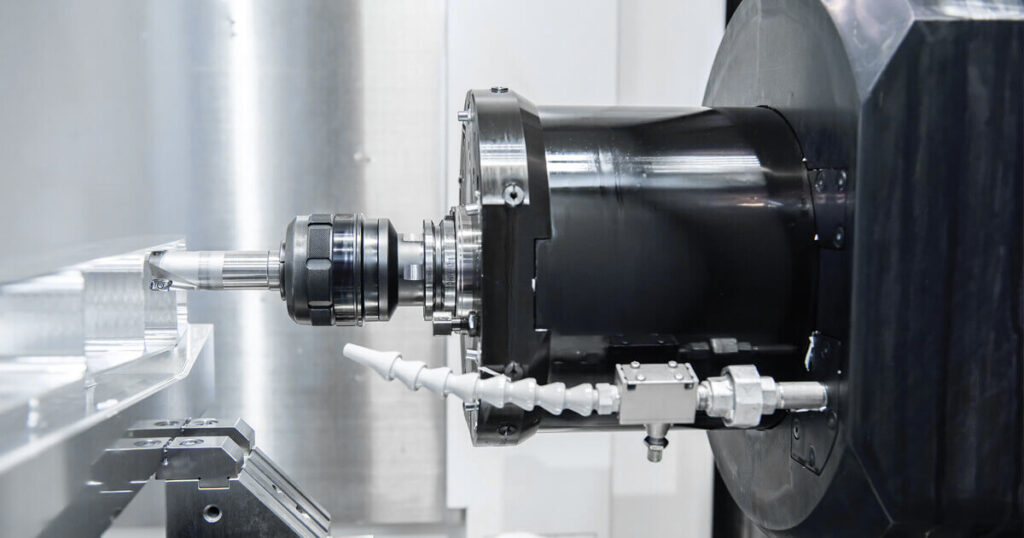
6.What are the applications of machining center?
Machining centers are used in a variety of industries and manufacturing processes.
Some of the main applications include:
- Automotive industry: In the automotive industry, machining centers are essential for the production of a variety of parts, including engine components, transmissions, chassis, brake systems, and frames. They are able to efficiently manufacture complex parts, helping to improve fuel efficiency, performance, and safety.
- Aerospace Industry: The aerospace industry relies heavily on machining centers to manufacture complex, high-precision parts. These parts include turbine blades, fuselage components, landing gear, and avionics housings. Utilizing advanced machining technologies ensures compliance with stringent quality standards and regulations in this safety-critical sector.
- Medical Industry: Machining centers in the medical industry are essential for manufacturing a wide range of devices and instruments. From surgical instruments to prosthetics and implants, the high precision provided by these centers ensures the safety and effectiveness of medical treatments for patients.
- Oil and Gas Industry: The oil and gas industry uses machining centers to manufacture a wide range of components necessary for exploration, drilling, and production activities. This includes the manufacture of valve bodies, drilling tools, pump components, and riser systems, all of which are designed to withstand extreme environmental conditions.
- Electronics Industry: Machining centers play a vital role in the electronics industry for the manufacture of parts used in electronic devices. This involves the precision manufacturing of connectors, housings, heat sinks, and semiconductor components. These parts are the basis for a variety of products such as smartphones, computers, and other consumer electronics.
- Marine Industry: In the marine industry, machining centers are used to produce parts for ships, submarines, and offshore platforms. These include propellers, engine components, hydraulic systems, and structural parts. The robustness and accuracy of machining centers ensure the durability and performance of the vessel.
- Energy Industry: The energy industry utilizes machining centers to manufacture components for renewable energy systems and traditional power plants. Wind turbine blades, solar panel frames, hydro turbine components, and nuclear reactor components are all examples of applications that require precision machining.
- Construction Industry: Machining centers are used in the construction industry to manufacture heavy equipment components and structural parts. This involves manufacturing gears, joints, bearings, and other parts necessary for machinery such as cranes, excavators, and bulldozers.
Their ability to handle a wide range of operations and materials makes them indispensable in modern manufacturing.
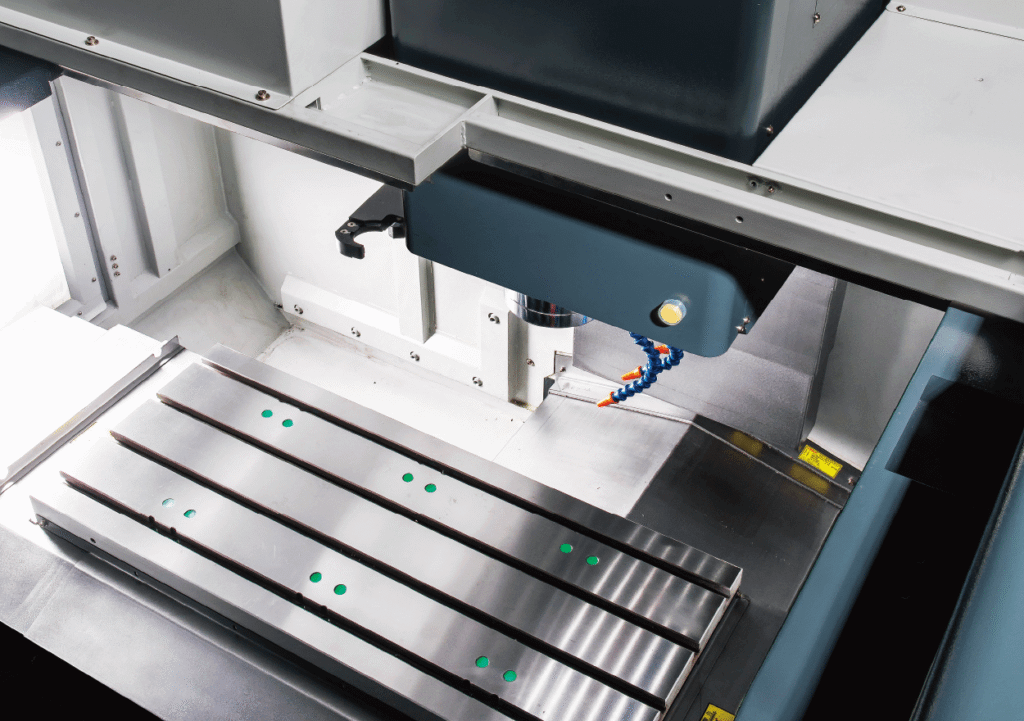
7.How are machining centers programmed and controlled?
Machining centers, or CNC machining centers, operate through a combination of software programming and control systems.
Here is an overview:
- CAD/CAM Integration: Designers use computer-aided design (CAD) to create the geometry of a part. Computer-aided manufacturing (CAM) software then converts that design into a CNC program.
- G-code Generation: CNC programs consist of G-code, which is a series of commands that the machine can understand. It includes instructions for movement, speed, tool changes, and other factors.
- Control Panel: The operator enters the G-code into the machine’s control panel. Modern machining centers often have a user-friendly interface for easy control.
- Servo motors and drives: These components convert the G-code into mechanical motion, ensuring precise control of the axes.
- Feedback system: Sensors and feedback mechanisms continuously monitor the machining process, making real-time adjustments to maintain accuracy.
This combination of technology and engineering ensures that machining centers can produce parts with high precision and repeatability.
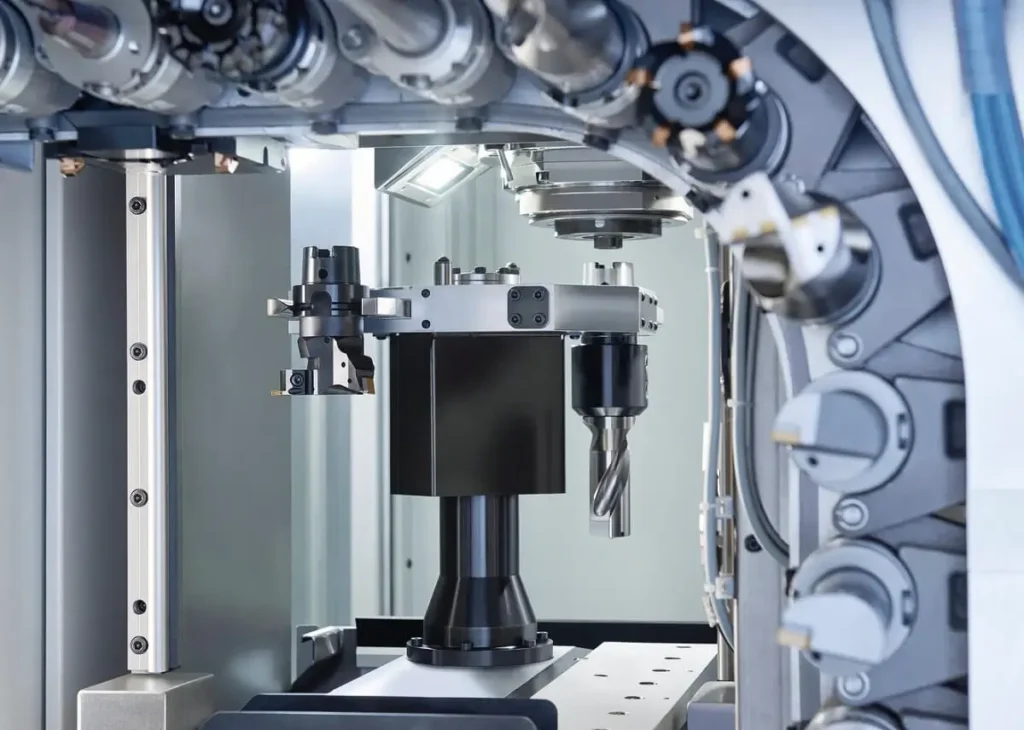
8.What are the common problems and defects of machining center?
Like all complex machinery, machining center can experience problems.
Some common problems include:
- Tool wear and breakage: This can occur due to incorrect tool selection or setup.
- Vibration and chatter: Often caused by misalignment or imbalance of the machine.
- Coolant problems: Problems with the coolant handling system can cause overheating.
- Loss of precision: This can be caused by wear on the ball screw, bearings, or other components.
- Software and control errors: These errors can stem from incorrect programming or system failure.
Regular maintenance and adherence to operating guidelines can alleviate these issues.
9.What is the difference between a machine tool and a machining center?
The term “machine” generally refers to any device that performs work, while a “machining center” is a specific type of CNC machine designed to perform multiple machining operations.
While a standard machine tool may only be able to perform one operation (such as milling), a machining center (CNC machining center) integrates multiple functions such as milling, drilling, and tapping into a single system. The addition of features such as automatic tool changers and pallet changers differentiates machining centers from traditional machine tools.
10.Conclusion
Machining center represent a convergence of technology, design, and manufacturing. By integrating multiple operations, these advanced CNC machines deliver unmatched efficiency, precision, and flexibility.
From automotive to aerospace, machining centers are transforming industries by facilitating the production of complex parts and assemblies.
Whether it’s the speed of a vertical machining center or the rigidity of a horizontal machining center, the choice depends on the specific requirements of the task.
As technology continues to advance, machining centers are likely to play a more important role in shaping the future of manufacturing, emphasizing the need for skilled operators and continued innovation.
If you are looking for an experienced CNC machining manufacturer, Xavier is your ideal choice. The Xavier team is well-equipped to provide high-quality CNC machining solutions. If you need more information or to discuss your machining needs with us, please feel free to contact us.
